The ultimate guide to route planning and TMS solutions for construction logistics
Ryan Miller
October 16, 2025
.jpeg)
Now more than ever, distributor delivery logistics in the construction industry are complex. Demand is peaking, and project turnaround times are tight, which means teams need to deliver materials efficiently and reliably to retain their clients.
A key component of smooth operations? Route planning with an effective TMS. Here, we’ll dive into what that looks like and why Curri’s modern route planner is crucial for businesses trying to boost productivity and scale.
What’s a TMS, and how do businesses plan their routes?
A transportation management system (TMS) is a software tool that allows businesses to manage and optimize their delivery logistics. It offers features like carrier selection, shipment tracking, and, of course, route planning.
For businesses in the trades, a TMS helps plan efficient routes for materials of all sizes, and all delivery types, from FTL to LTL to hotshot service. A good TMS reduces travel time and fuel costs while improving overall efficiency. Here’s how businesses use a TMS for efficient route planning:
- Initial planning: Businesses can set that day’s delivery schedule, and a TMS will facilitate logical route planning to minimize travel time between drop-offs.
- Driver dispatch: The system then automatically dispatches the most appropriate driver and vehicle for each delivery, based on skills, location, and availability.
- Live re-routing: If a delivery is delayed on the road, a good TMS system will notify the dispatcher and help to re-route the vehicle to stay as close to on schedule as possible.
TMS systems not only optimize routes and save on fuel, but they also help strengthen client relationships. Faster, more reliable response times improve satisfaction, winning repeat contracts, and fostering partnerships in the long term.
Why conventional route planning is outdated
These days, conventional courier route planning fails to keep up with construction demand. It’s manual, inflexible, and can’t support real-time changes, route complexity, and the speed required on today’s job sites.
Conventional delivery logistics also fall victim to inaccuracies due to human error, lack of route visibility, and lack of historical and real-time data. These methods lead to increased costs, delays, and inefficiencies.
Curri’s modern route planner: 5 ways it streamlines operations in 2025
The modern construction landscape demands modern logistics solutions, and that’s where Curri comes in. Curri is a comprehensive logistics platform that’s as easy as using Uber, and powerful enough to support a nationwide fleet of drivers and almost any delivery type you could think of.
Here are five ways Curri optimizes the conventional TMS and helps construction material distributors scale.
1. It’s user-friendly
Curri’s interface is designed for simplicity and user-friendliness. Users can plan and dispatch deliveries easily, by using one of three methods:
- Drag-and-drop: Bookers can simply drag orders from their queue right onto a driver’s route for quick adjustments.
- Lasso tool: Users can draw a delivery zone around all driver dropoff points and assign that route to the Curri driver.
- Auto-assign: Use advanced AI logic to build complex routes automatically. Run scenarios to minimize vehicles and help your bookers save time while your business saves money.
Whether your team manages a dozen deliveries or hundreds, the interface makes planning routes, scheduling, and assigning fleets simple—no wasted time on setup and no headaches for those who aren't tech-inclined.
2. It supports multiple delivery types
Curri supports everything from simple parcel drop-offs to complete full truckload long hauls. This gives users the flexibility to match the right vehicle and the right service to the right job. One of the most in-demand delivery services is hotshots, simple point A to point B routes. Users can book same-day hotshots, so urgent needs never stall project timelines.
The service versatility allows distributors, suppliers, and contractors to unify deliveries into one simple system, instead of juggling several couriers. The result? Faster, more reliable logistics.
3. Users access a nationwide fleet
Curri users can access a nationwide fleet of vehicles and drivers to plan deliveries locally or for long-haul trips. This broad and accessible coverage means materials reach urban and remote areas without delay.
So instead of being disappointed by in-house fleet limitations, businesses can tap into Curri’s elastic fleet capacity, which better handles last-minute deliveries or long-term spikes in demand. It’s scalable, cost-effective, and helps businesses keep projects on time.
4. Live tracking and sharing delivery statuses
Curri is all about visibility all the way down the supply chain. Curri’s live tracking allows users to follow delivery from pick up to drop off, and even supports sharing a live-tracking link. Customers, teams, and job sites can stay informed at all times, and users can even opt in to automated status updates.
This visibility eliminates the need for the back-and-forth communication between teams, which slows operations. Visibility builds trust and stronger client partnerships with every successful delivery.
5. Traffic forecasting
Curri’s route planner recently launched an advanced traffic forecasting feature, powered by real-time data and AI. This feature predicts construction zones, congestion patterns, and weather-related delays before they happen.
By having the ability to reroute drivers to the most efficient path, Curri users can avoid costly delays and improve on-time accuracy. It’s using data to work smarter and stay ahead of slowdowns before they happen.
Route planning flexibility: The key to elastic delivery logistics success
Elastic logistics is the process of expanding or shrinking your delivery logistics to meet demand. It’s particularly important for construction because it saves businesses money, improves adaptability, and reduces overhead.
An elastic approach helps businesses scale operations and reduce over-stocking. Routes are optimized, reducing vehicle maintenance, allowing businesses to concentrate solely on what they need, not on what they don’t need to manage. Here’s how Curri better supports an elastic approach, compared to traditional couriers.
Make delivery logistics easier with Curri today
Is your team still using static spreadsheets or worse, pencil and paper to do your route planning? It’s time to upgrade.
Curri makes route planning simple, flexible, and scalable. It’s easy to use and quick to implement. Keep up with construction demand, retain your clients, and grow your business. Book a demo with the Curri team today.









-min.jpg)

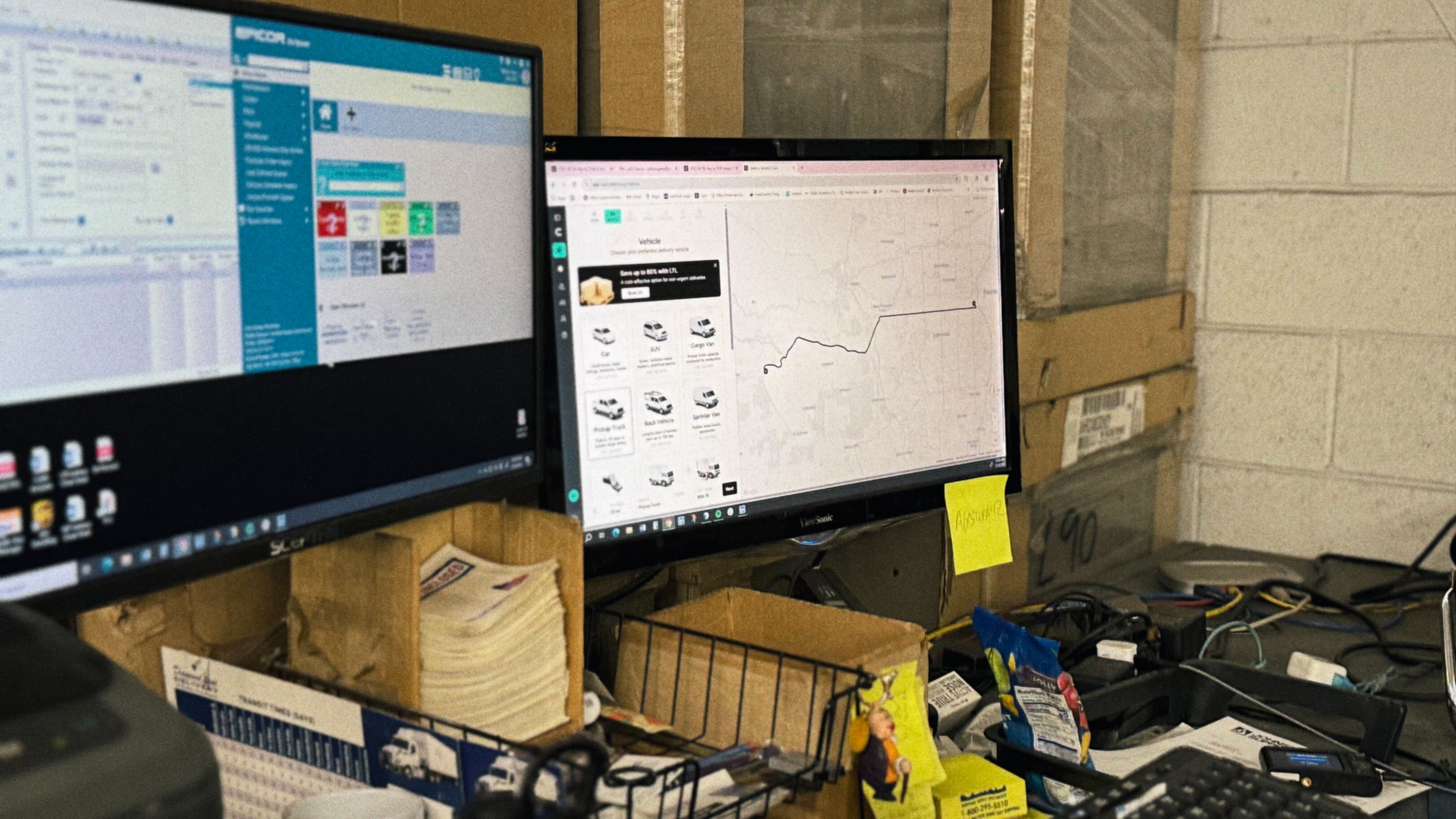
-min-min-min.png)
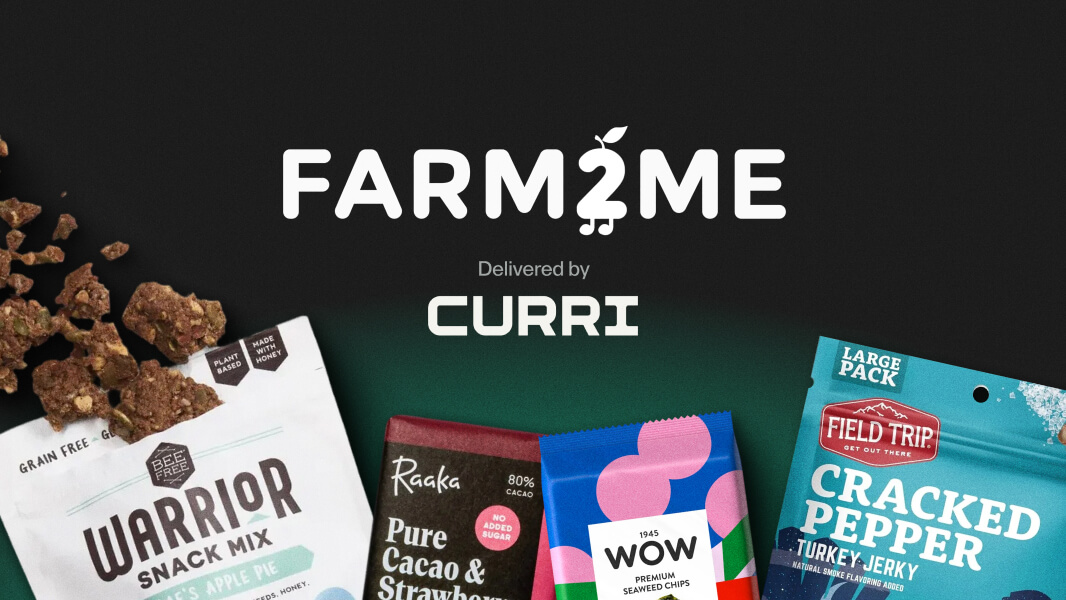

-min.jpeg)


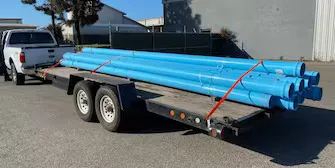
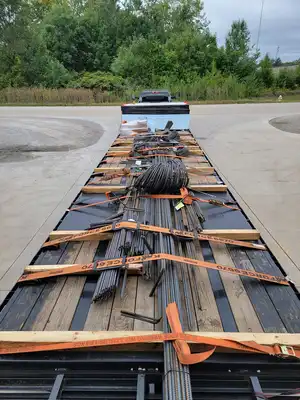

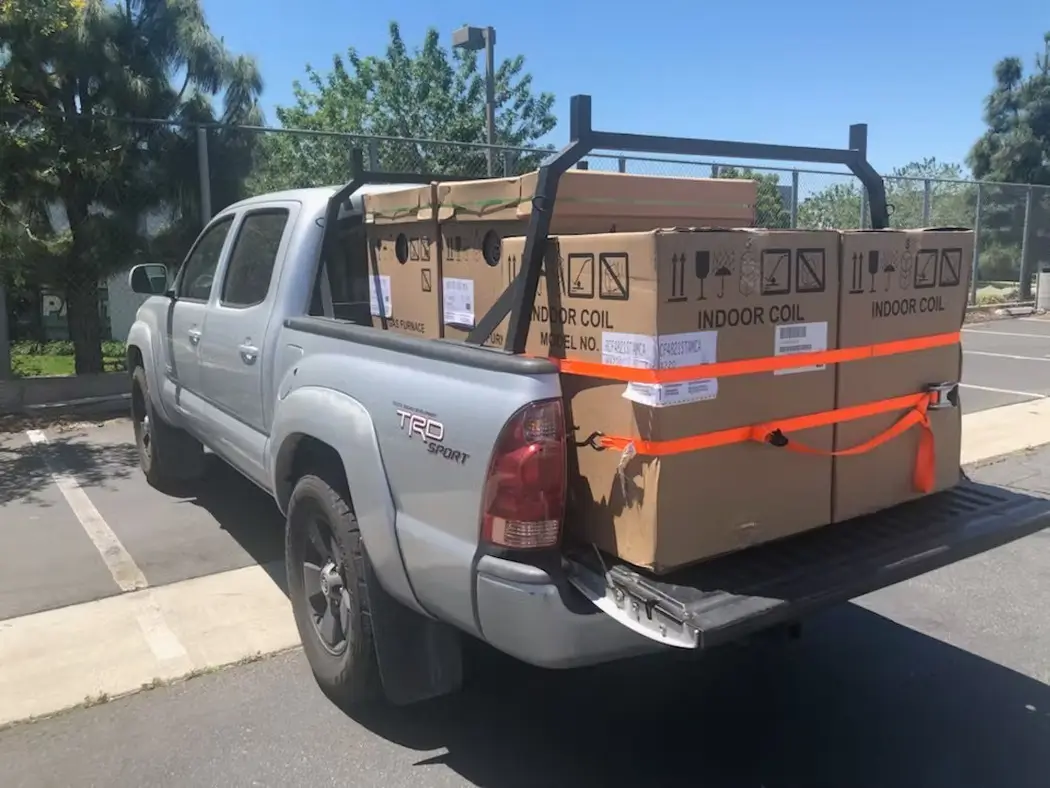
-min.webp)
.webp)
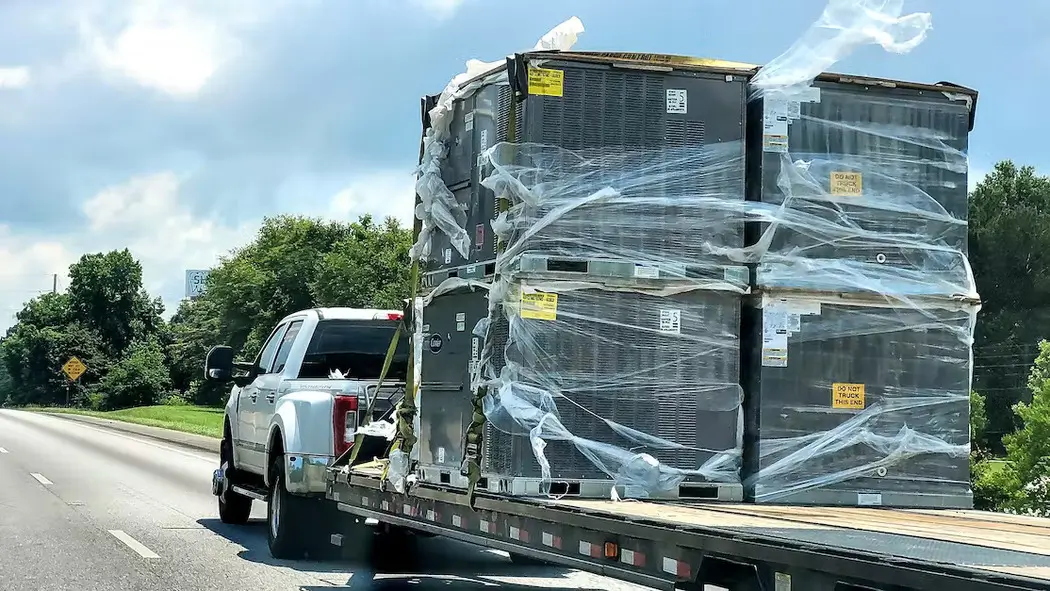


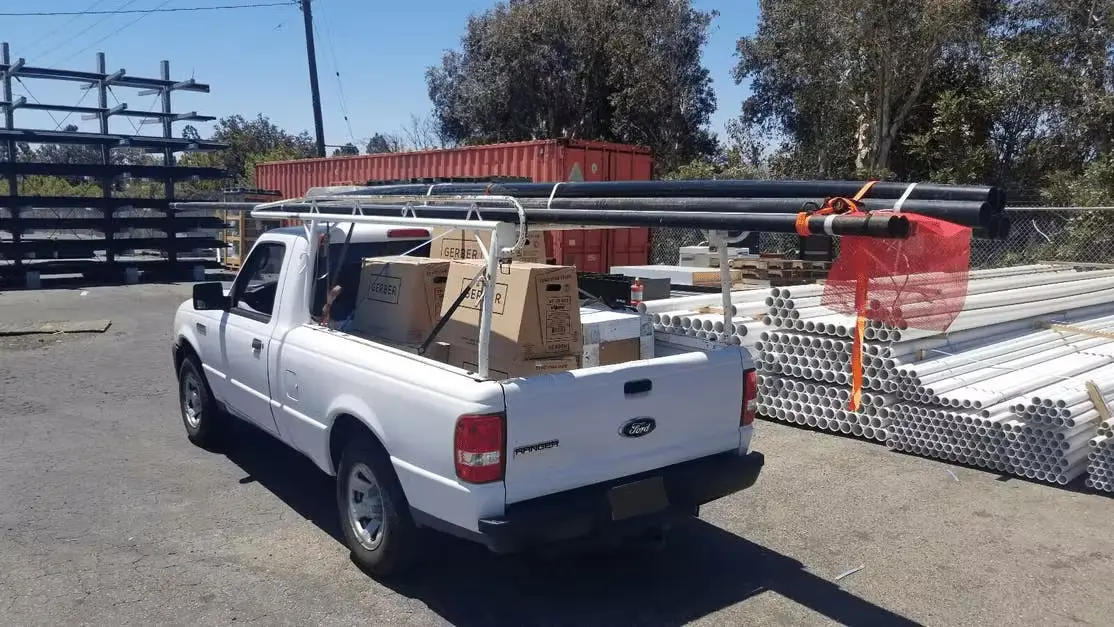

.webp)

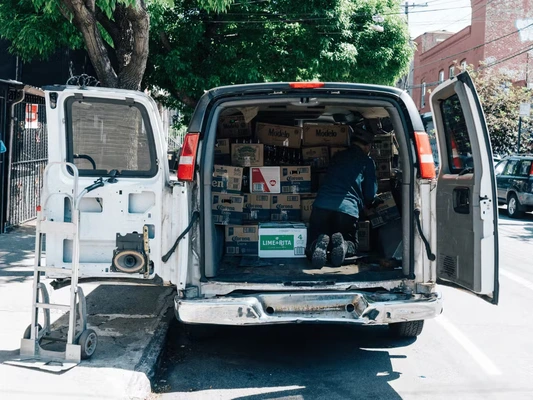


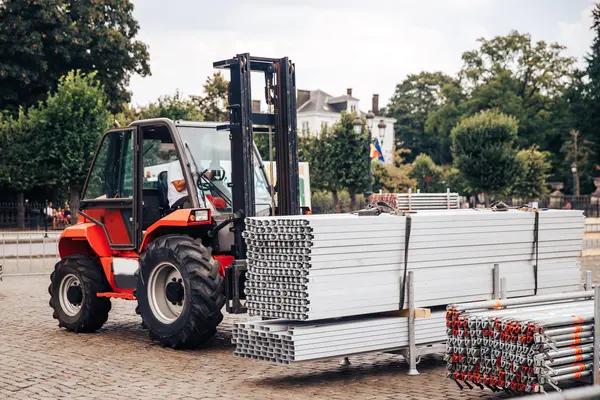
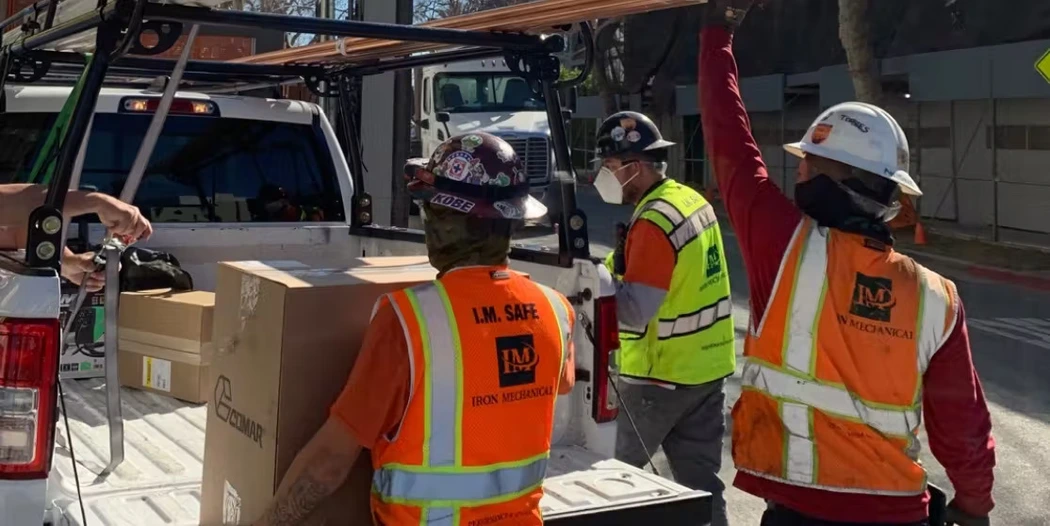
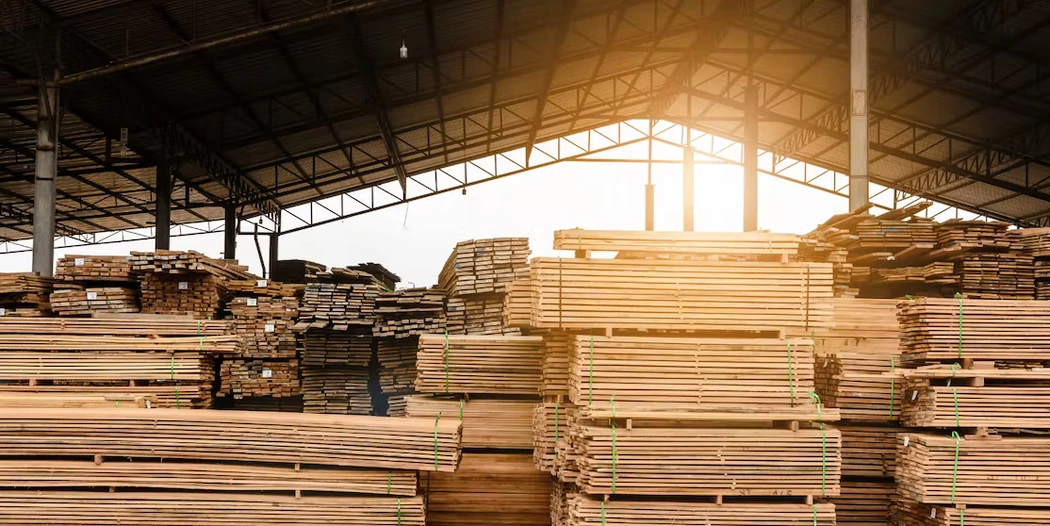




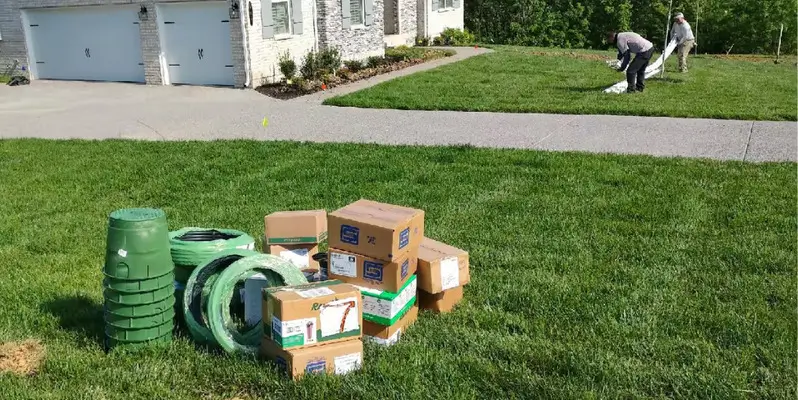
.webp)
-min.webp)


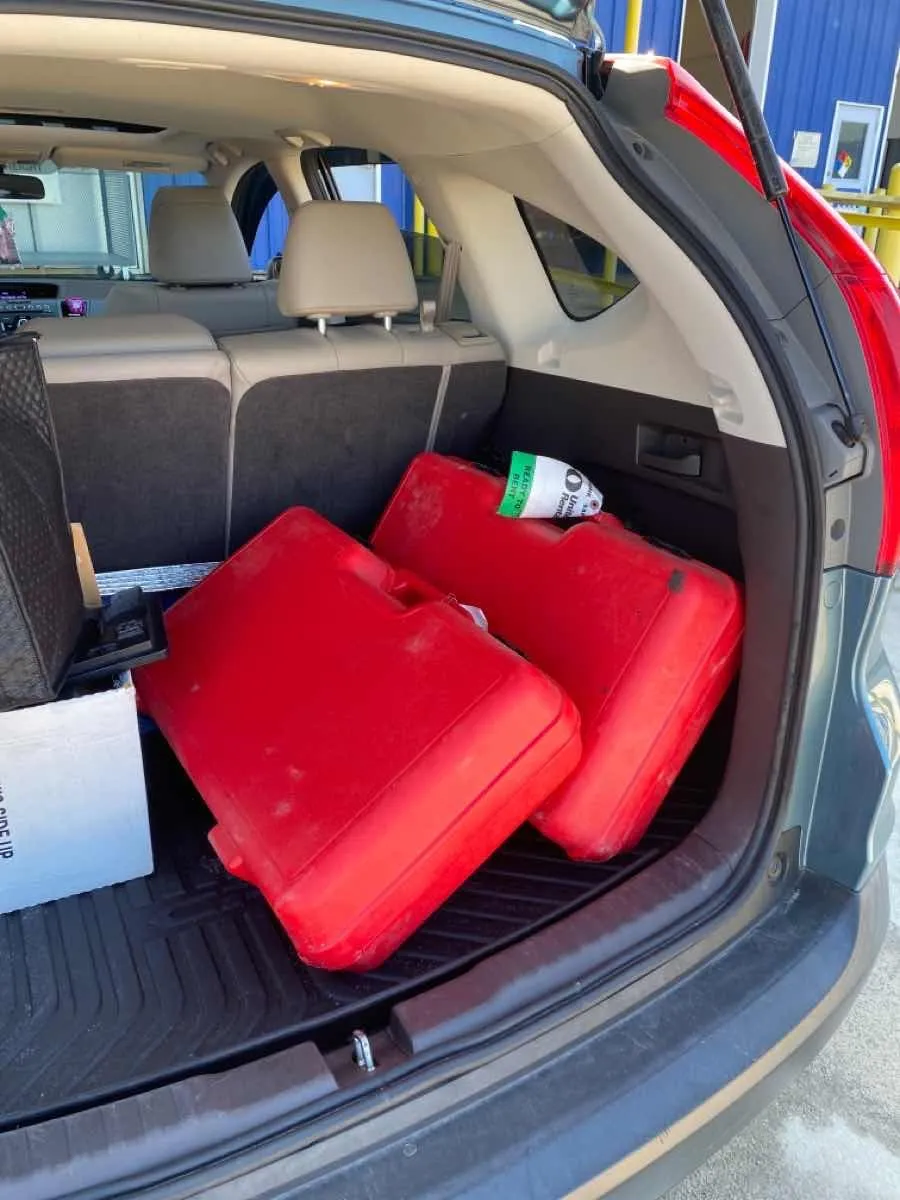

-min%2520(1).webp)


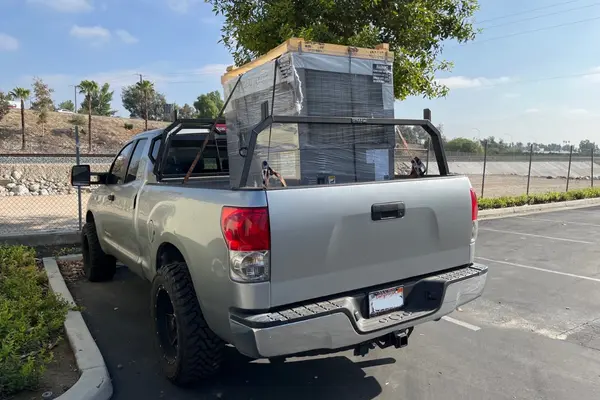
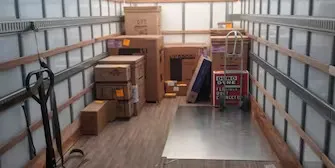

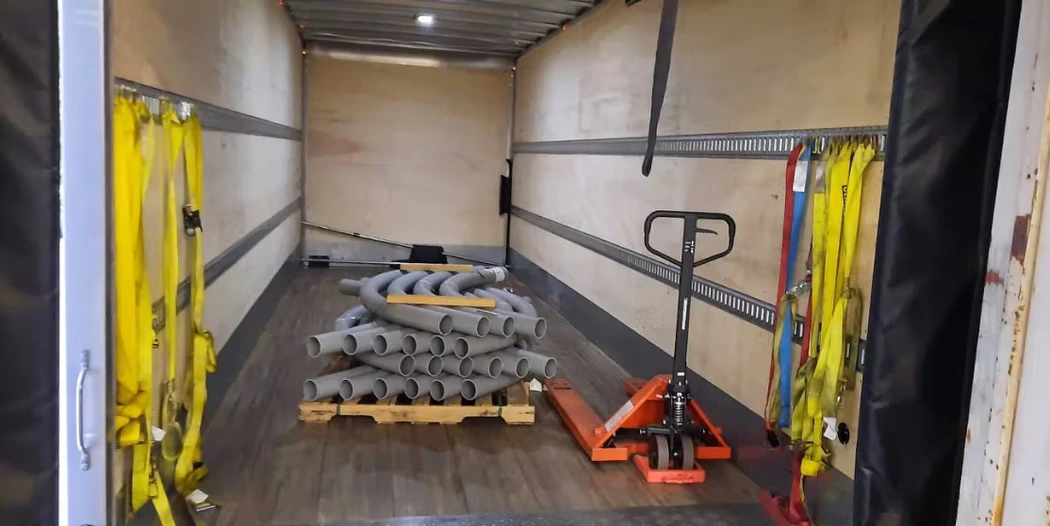
.webp)
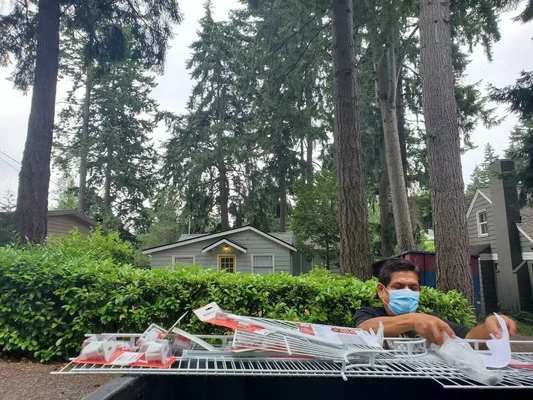

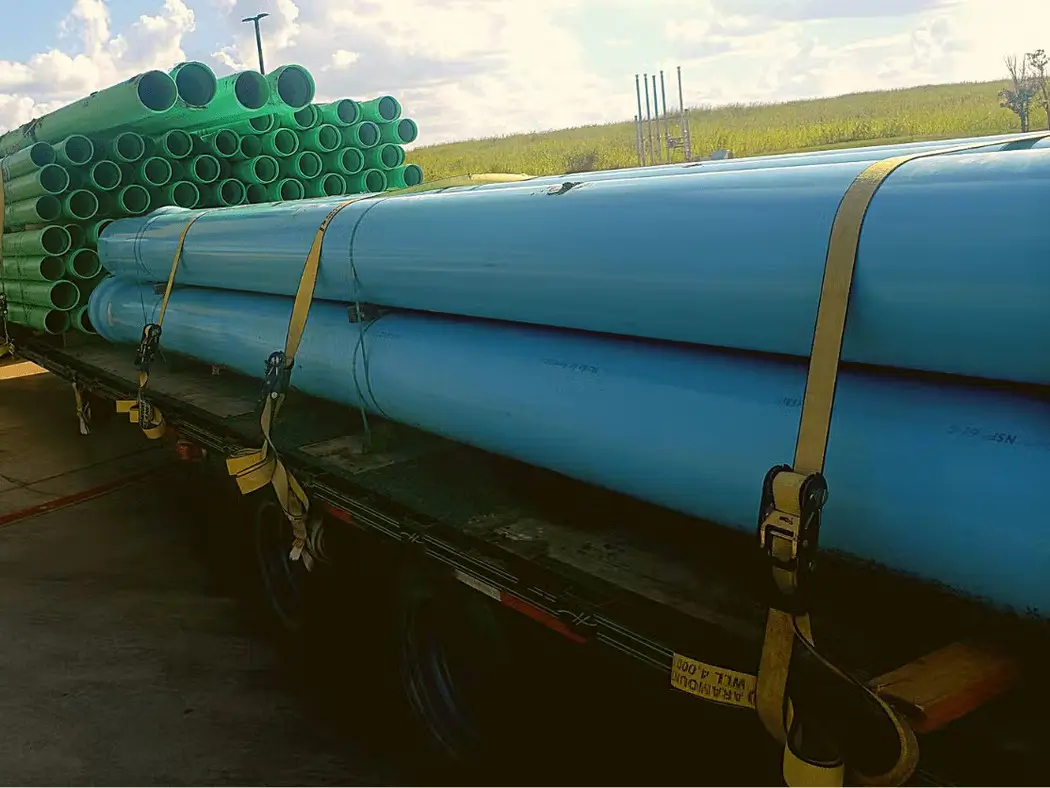
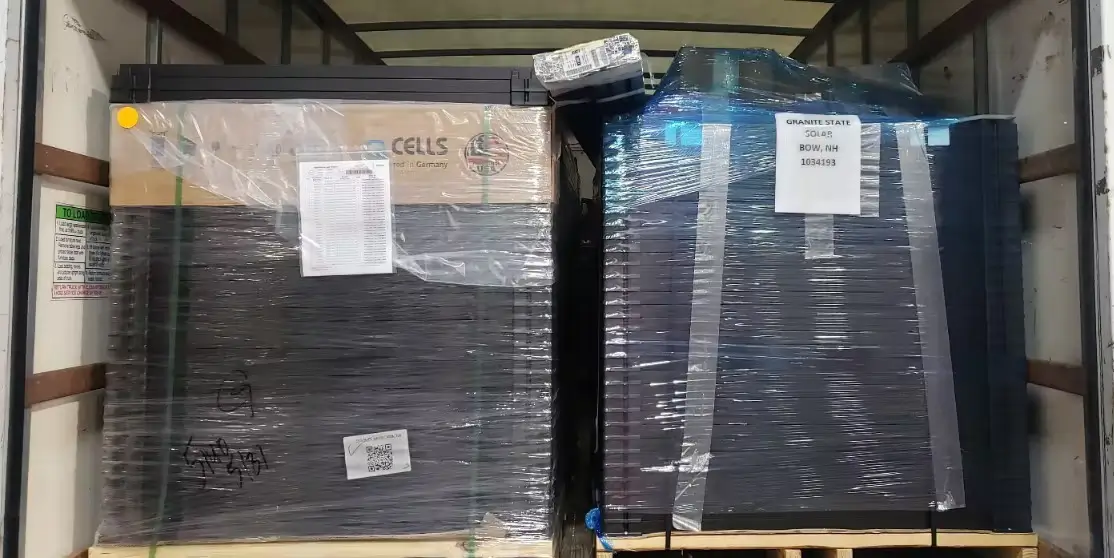
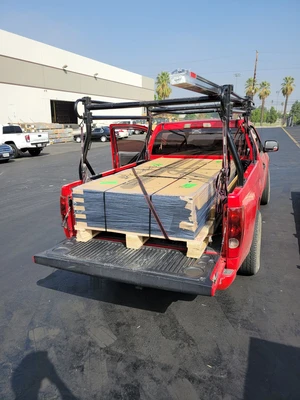
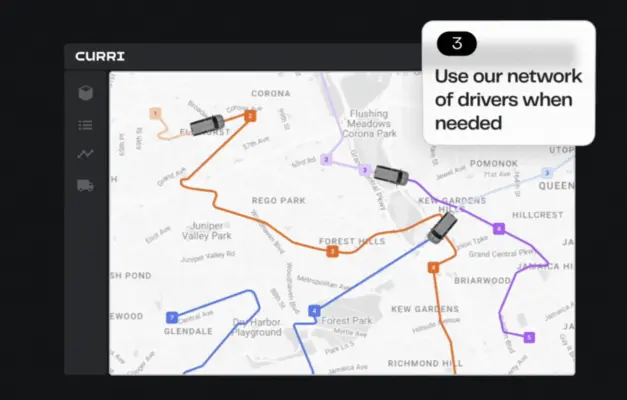


-min.webp)



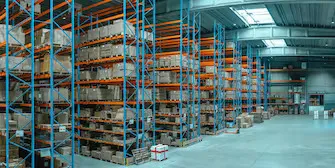

.webp)
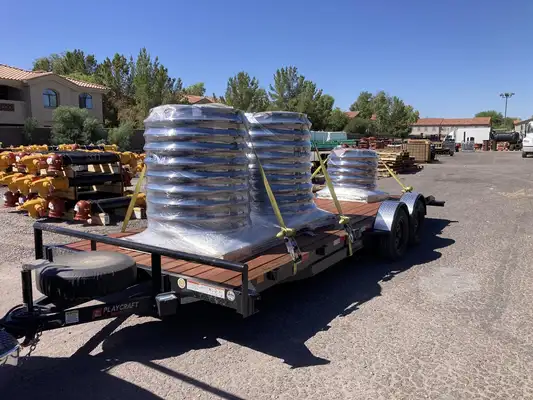
.webp)
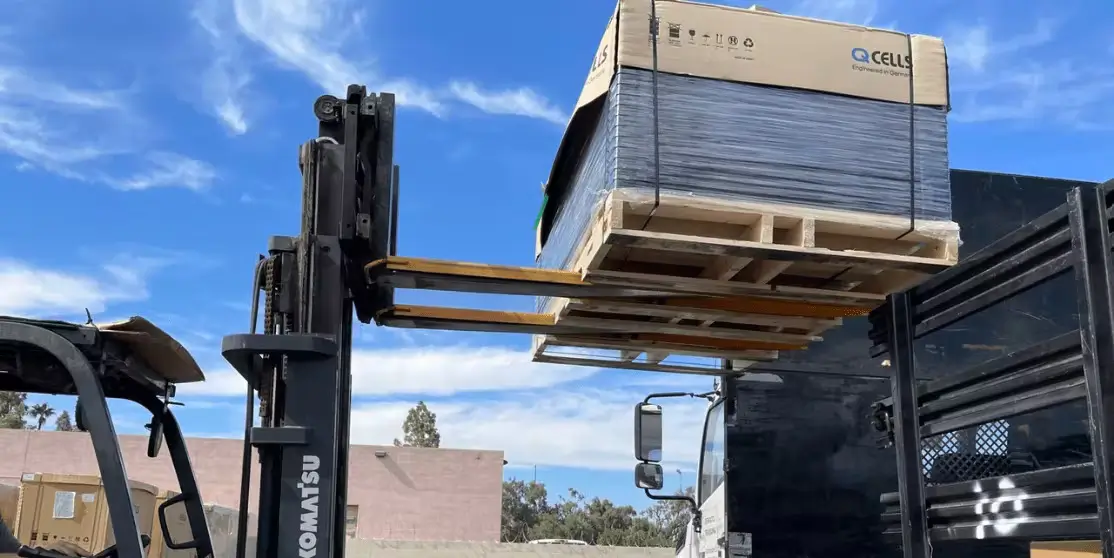
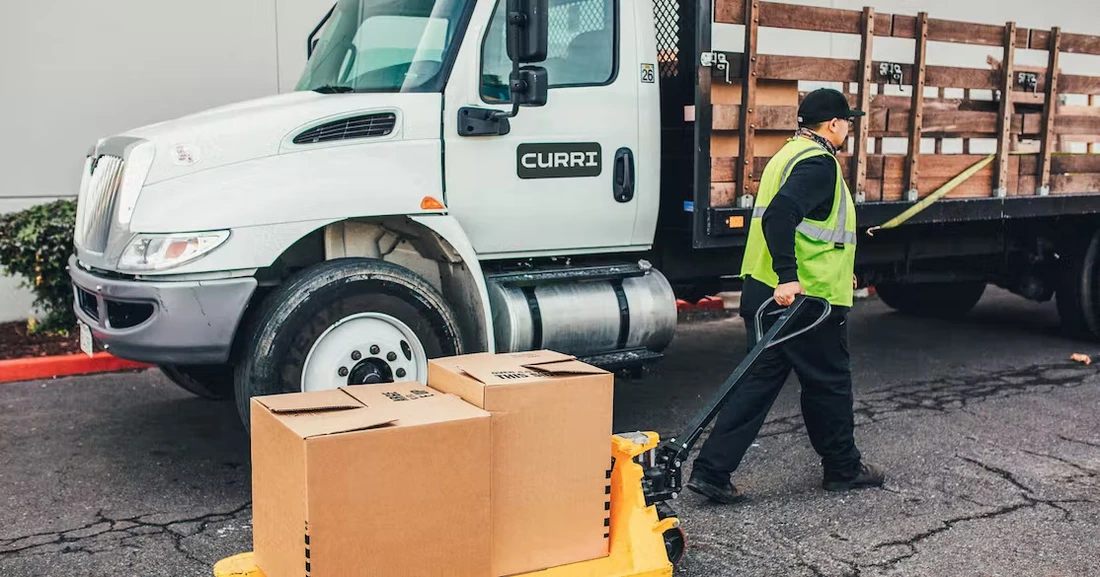
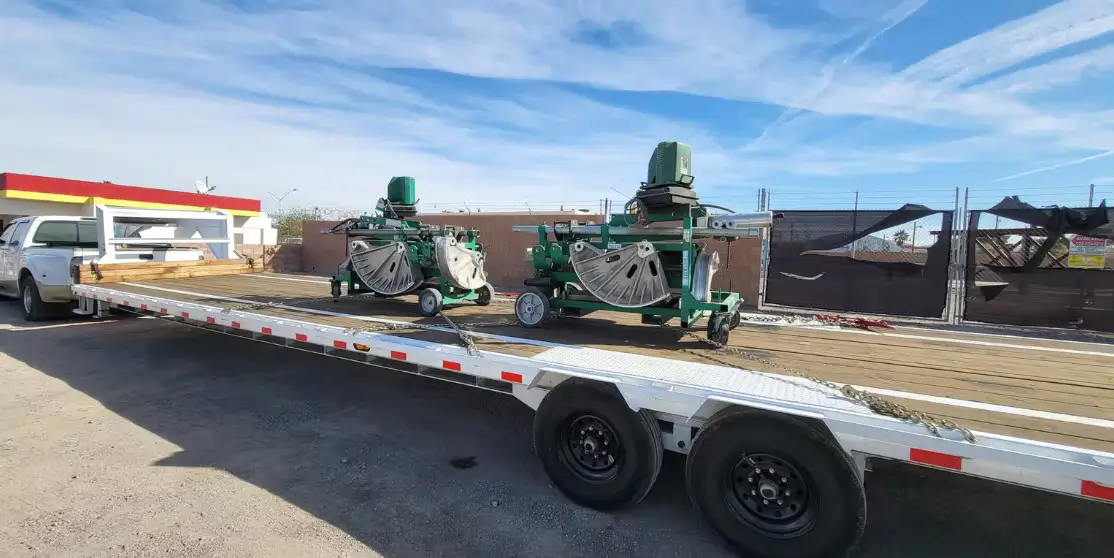
-min.webp)



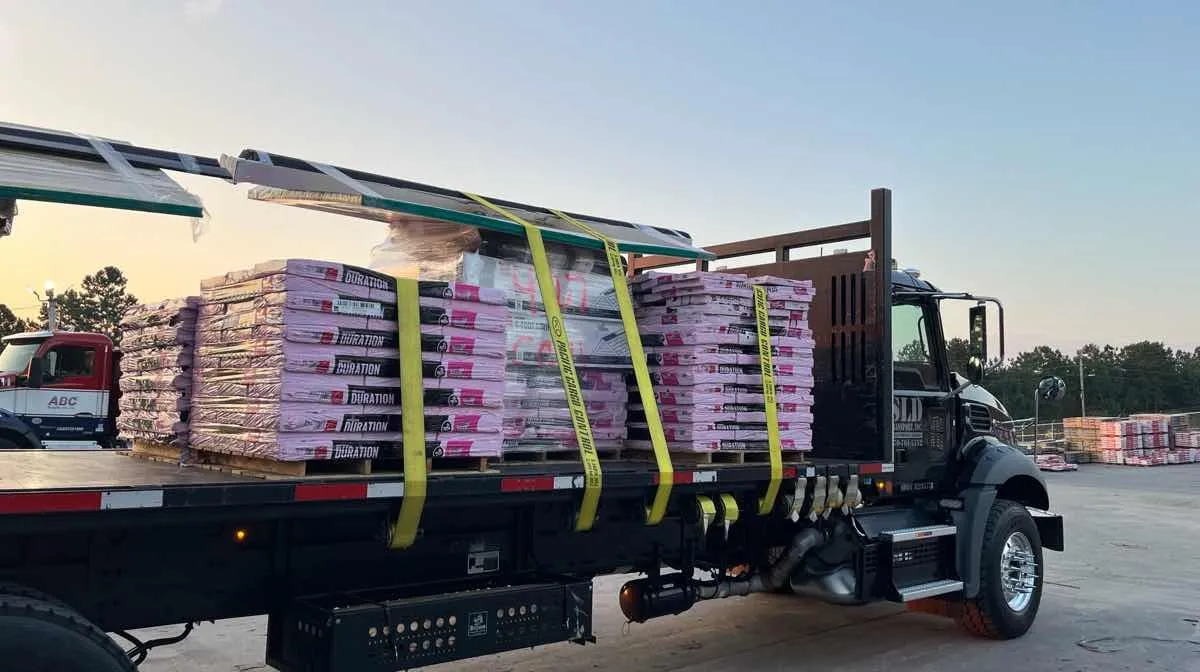
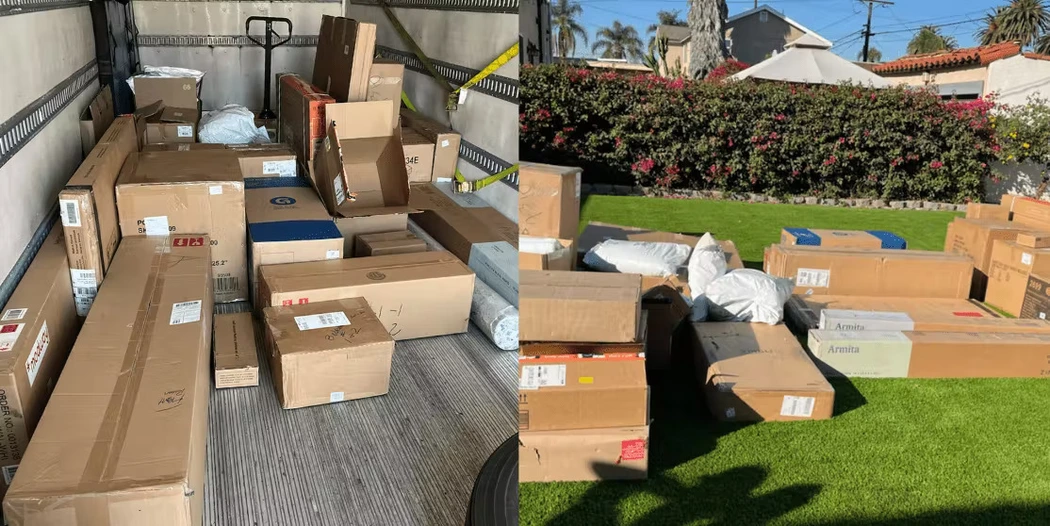
-min.webp)

.webp)
-min.webp)
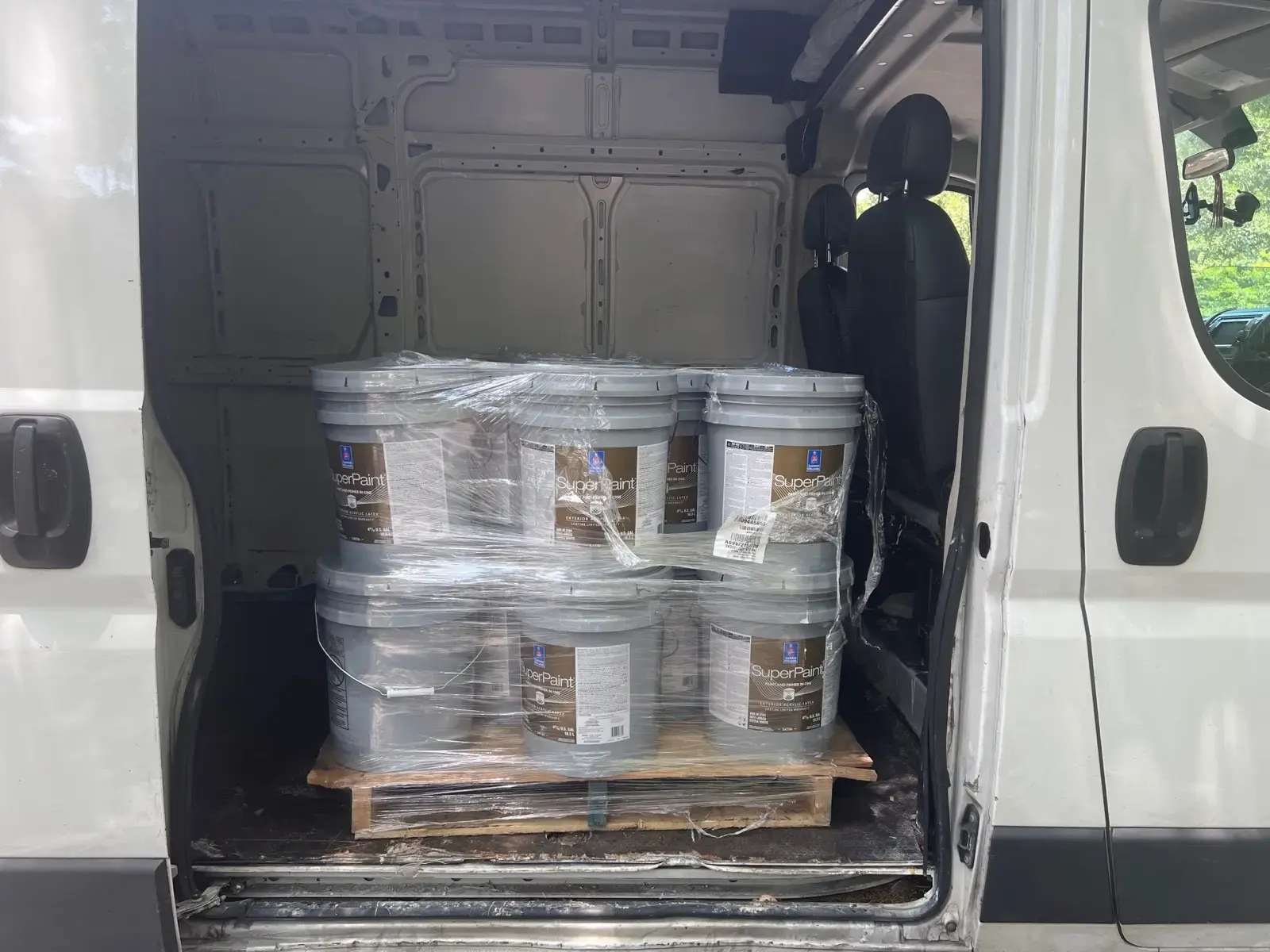
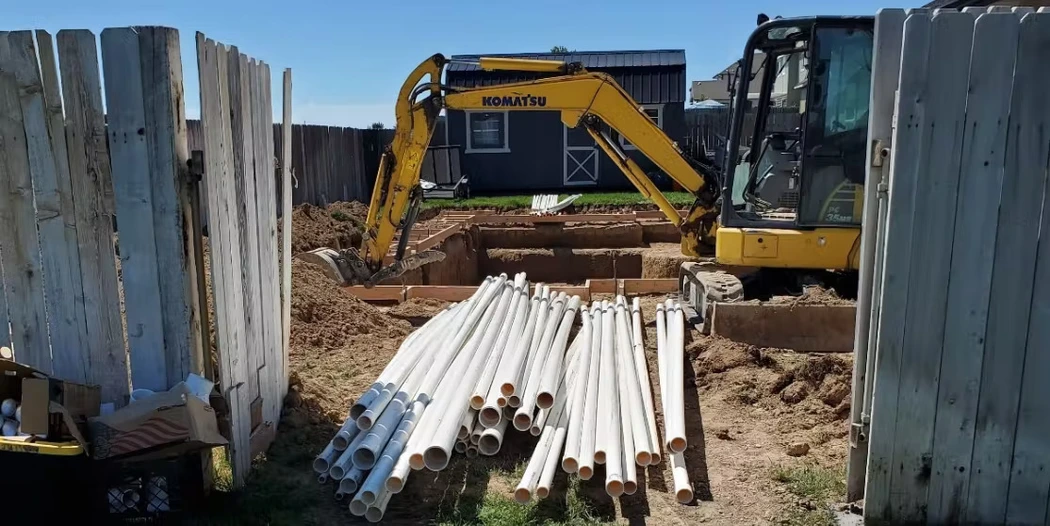

.webp)

.webp)
.webp)
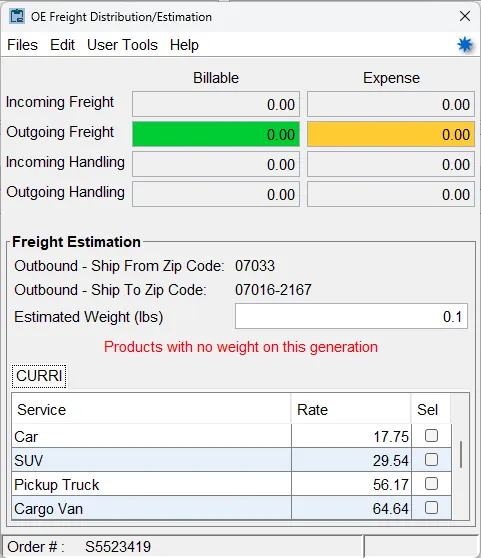
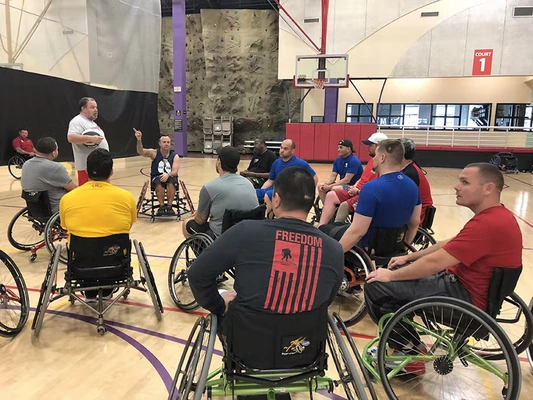
.webp)




-min.webp)

.webp)
.webp)
-min.webp)